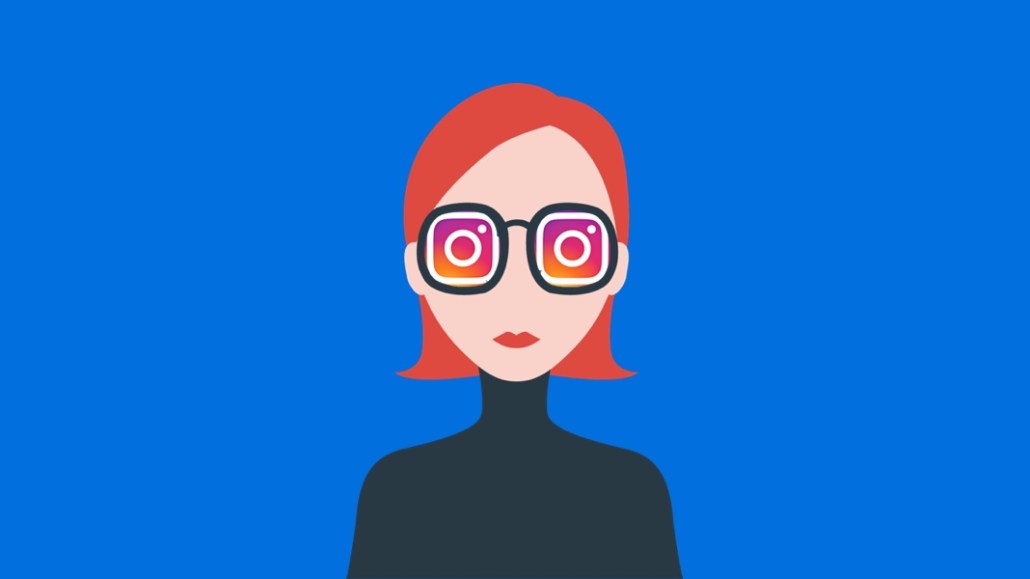Alphabet’s YouTube revenue disclosure could pressure Instagram to share some money with creators, publishers

If Instagram decides to finally start sharing its advertising revenue with media companies and individual video creators, they may have YouTube to thank.
On Feb. 3, Alphabet finally shed some light on the size of YouTube’s advertising business. The holding company reported that the video platform company generated $15.1 billion in advertising revenue in 2019. A day after Alphabet’s disclosure, Bloomberg reported that Facebook-owned Instagram realized $20 billion in advertising revenue last year.
Not only does Instagram reportedly rake in more ad dollars than YouTube, but Instagram does not share a portion of that money with the creators and media companies that distribute content on its platform. That’s different from YouTube’s practices. In fact, the “majority” of YouTube’s advertising revenue goes to creators and media companies, Alphabet CFO Ruth Porat said during the company’s fourth-quarter earnings call.
Instagram has offered tools for media companies and creators so they can post content that marketers pay for. Nonetheless, Instagram also makes money when these marketers opt to promote their posts as ads on the platform, but it does not share that ad revenue with the media companies or creators.
Media companies and creators have already been calling for platform companies including Instagram to follow YouTube’s example and introduce a revenue-sharing program. These content producers argue that the material they post on these platforms helps in attracting and retaining audiences, which in turn brings in advertising. The back-to-back revelations about the value of YouTube’s and Instagram’s advertising businesses could amplify those pleas.
More in Media

Here are the biggest moments in AI for publishers in 2025
Here are some of the moments that defined how publishers adapted to the AI era this year.

Digiday+ Research roundup: Gen Z news consumption and diversification in the DSP space were 2025’s top trends
As 2025 winds down, we rounded up the biggest trends of the year, based on the data that resonated the most with Digiday’s readers.

What publishers are wishing for this holiday season: End AI scraping and determine AI-powered audience value
Publishers want a fair, structured, regulated AI environment and they also want to define what the next decade of audience metrics looks like.








